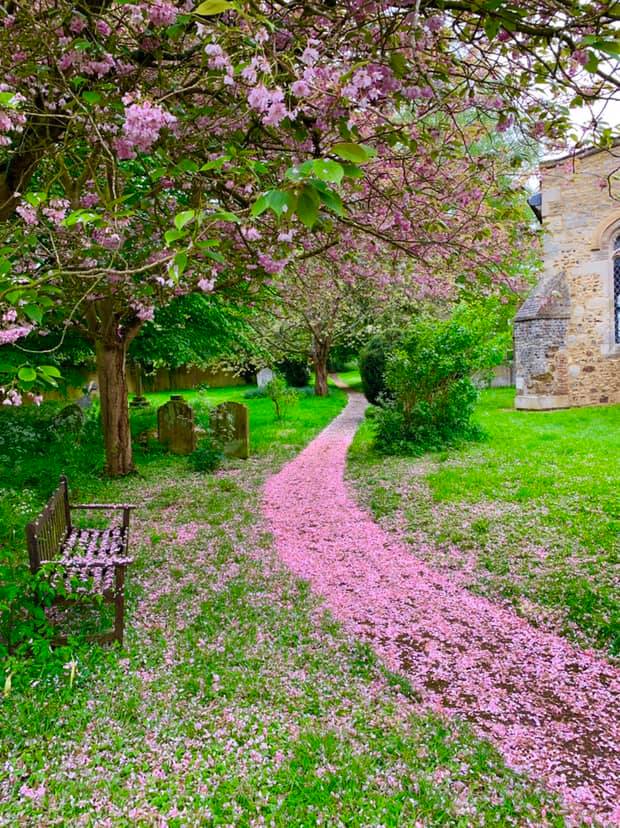Our Church History
Who we are — yesterday, today and tomorrow
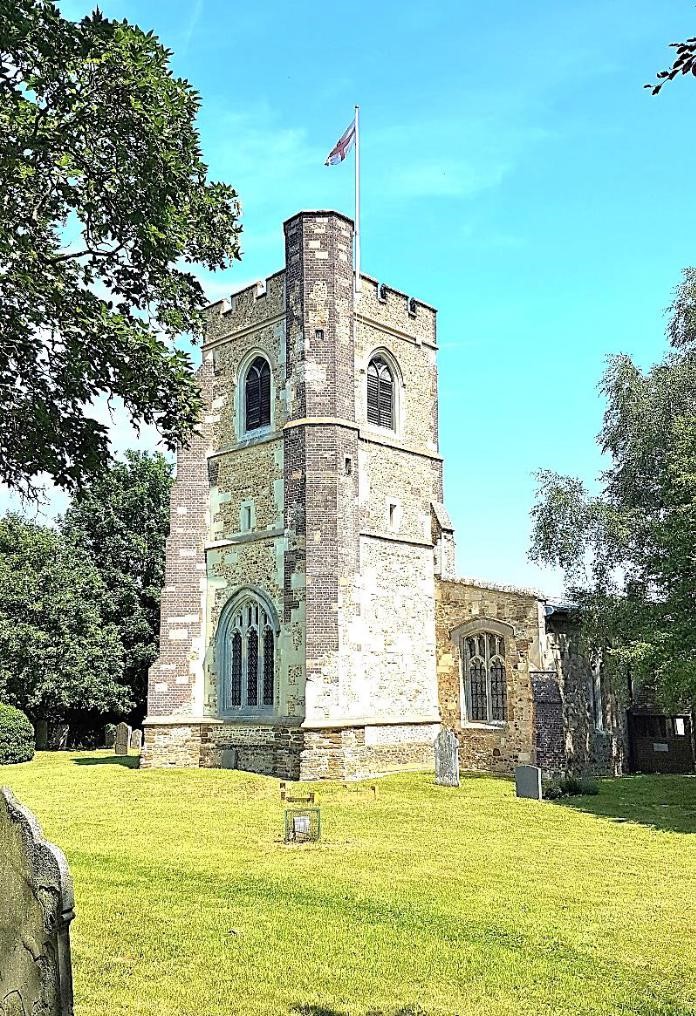
St Margaret’s has had a long and distinguished time as the parish church of Streatley. There have been times of great flourishing and times of incredible dilapidation. Yet over her 1000 year history, St Margaret’s has stood tall on the escarpment, overlooking the beautiful land and people of Streatley and South Bedfordshire.
The Lincoln Episcopal Registers show that the advowson (patronage, tithe collection and right to appoint clergy), vicarage and rectory of Streatley belonged to Markyate Priory from the foundation in 1145. The Church was confirmed to Markyate in 1402 and remained in its possession until the Dissolution in 1537 under Henry VIII. Historians have conjectured that St Margaret’s was built on top of a previous, older field church and may have been raised to the level of Parish Church as a way to secure the agricultural tithes to support the church and the clergy. This was common in the 11th and 12th Centuries.
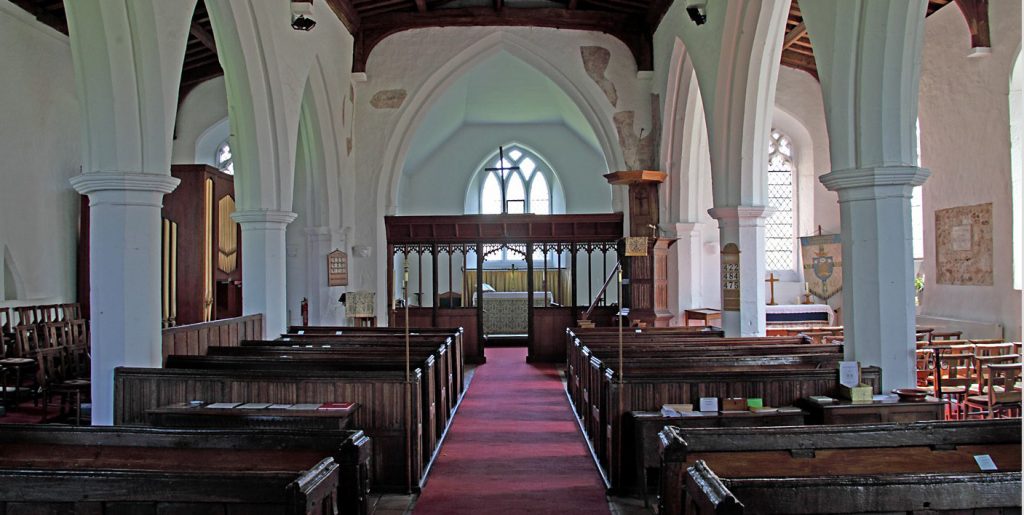
The present building, as we know it, has its roots in the 14th and 15th Centuries. The church consists of a nave and chancel, north and south aisles, a south porch and a west tower. The nave is around 53 feet long by 18 feet and the small chancel adding around 17 feet. The aisles add around 15 feet each and the tower is around 12 feet square and some 50 feet in height. The arcades of the nave, of four bays, with arches of two chamfered orders and octagonal shafts with moulded capitals, are dated circa 1340. The north and south doorways are of the same date, with continuous mouldings. The west tower dates from the early 1400s and is of three stages with an internally accessed octagonal stair turret unusually in the south-west corner. The buttressing of the tower is against the stair turret as a result.
In 1544, the Crown granted the rectory, Church and advowson of the vicarage to Thomas Norton. In 1781, James Buchanan Riddell, Lord of Sundon Manor, acquired the right of presentation to Streatley vicarage, and it appears to have since followed the same descent as the advowson of Sundon, with which it is now consolidated. That being said, the present patron is the Lord Bishop of St Albans.
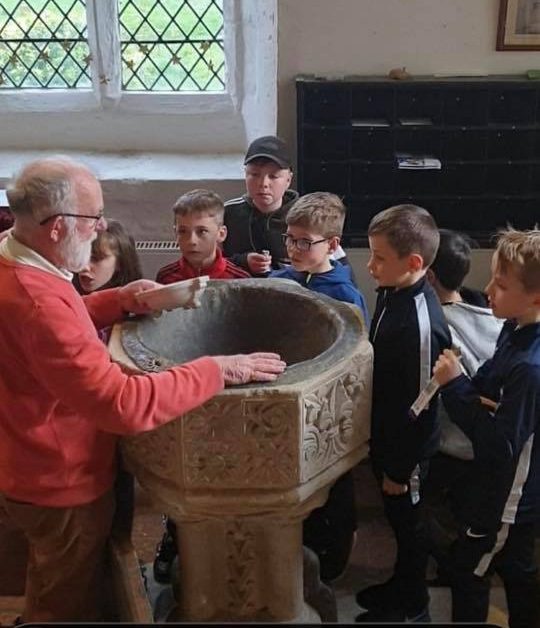
St Margaret’s interior fabric and fixtures have many treasures. Above the pulpit can be seen the medieval frescos which survive the devastation that occurred during the Civil War. Many of the benches with linen patterns are 16th century. The front row of pews is pretty work of circa 1630, the heads of alternate panels being pierced with open tracery. The pulpit is made up of old materials of various dates, having linen pattern panels and an 18th century tester. The real prize is the font.
The font is a very fine example of mid-13th century detail, having on octagonal bowl carried by four engaged shafts with moulded capitals and bases and vertical lines of dogtooth between the shafts. The base of the font goes back at least 100 years before that. It is, perhaps, the last relic of the earlier (probably wooden) church that stood on this site when a church was first established here in 1147.
The Church plate includes a Communion cup of 1685 and a paten of 1879. The Church registers date from 1693.
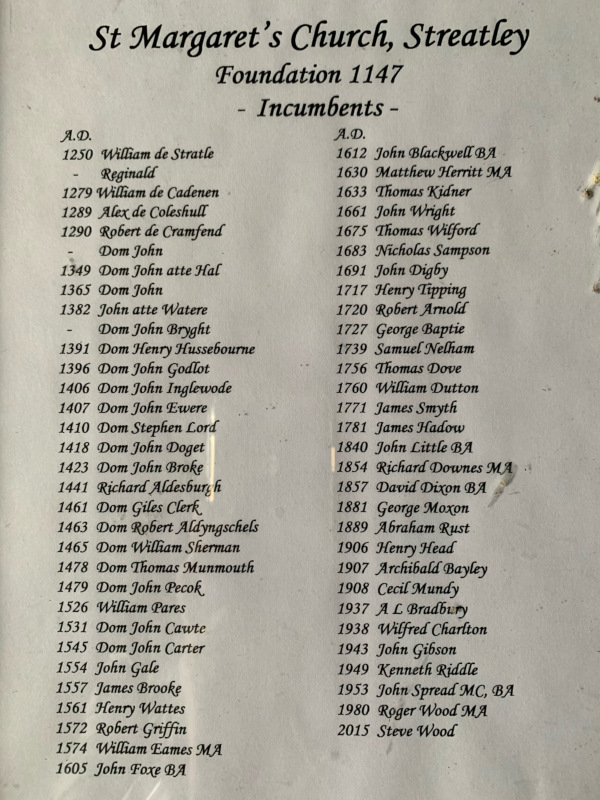
St Margaret’s vicars have been properly documented since 1250 when William de Stratle assumed the position. There have been 62 Incumbents over the centuries with our current vicar, Revd Nigel Richards being number 63. There seems to be no named record (I could find) of the original priest in 1147.
From the exterior of the church, it is clear to see that the chancel is very different and modern. The chancel was rebuilt in 1898-9 and is now of brick and somewhat austere in appearance. There are no windows to the north or south. It blends beautifully with older interior and does not seem modern when one is sitting in the church.
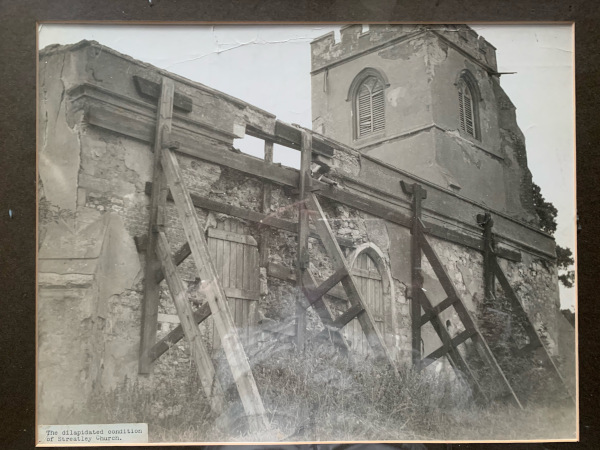
Sadly for a variety of reasons, the church fell on hard times and its upkeep became too much. At the beginning of the last century, the Church was allowed to fall into great disrepair, as the photographs show and in 1917 the building was declared dangerous and was closed. Emergency repairs began in the mid-1930s. It was fully restored in 1938 under the direction of Sir A E Richardson ARA, FRIBA, as a fitting memorial to the devoted work of the Venerable Arthur Henry Purcell, who, as Archdeacon of Bedford, was responsible for restoring many ancient Bedfordshire Churches.
St Margaret’s was declared a Grade 1 Listed Building on 3 February 1967.
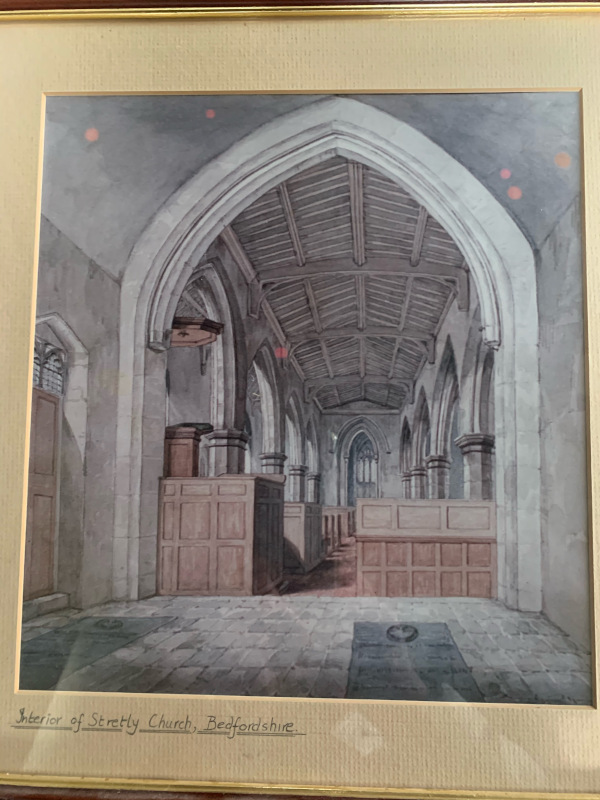
Further interior changes have been made including the creation of the kitchen and a fully accessible toilet facility. The grounds around St Margaret’s are beautifully kept and the church yard provides a lovely place to have a moment of reflection. It is fair to say that all parts of this ancient monument are fully utilized by a lively and loving community.
St Margaret’s is now heading into the 21st Century with the same drive and commitment to meet our community needs as it did 900 years ago. Working closely with Keach Hospice, we provide emotional and spiritual support for those facing the reality of end of life. We have a regular outreach to provide food for the Luton Food Bank, and we help those whose lives have been grossly unsettled by working with the Refugee Assist programme. We also looking at starting up a programme to help those being moved out of hostels and into permanent housing. Reaching out to our community and being involved with people’s lives on a very real level means that St Margaret’s isn’t a pretty place from our past, but a dynamic force for our future.
